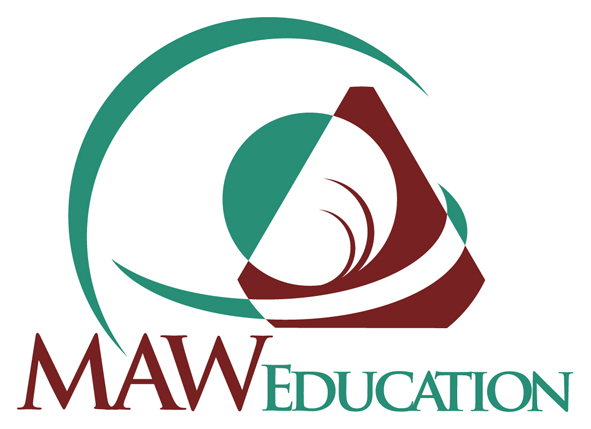Learn how to
unlock your students’
hidden talents.
Improve your teaching techniques
by observing how your students learn best,
assessing what they can already do, and then
developing structured and imaginative MI lesson plans.
Start the on-line, teacher-training course – here.
~~ see testimonials ~~
and
buy books on multiple intelligences to learn more – here.
We learn in many different ways. Apply Howard Gardner’s theory and surprise yourself.
Find out the different ways your students learn, and plan accordingly, with the result that they will know, understand, remember and be able to do much more.
A Definition of Multiple Intelligences
This theory of human intelligence, developed by psychologist Howard Gardner and known as Gardners’ Multiple Intelligences Theory, suggests there are at least seven ways that people have of perceiving and understanding the world. Gardner labels each of these ways a distinct ‘intelligence’ — in other words, a set of skills allowing individuals to find and resolve genuine problems they face.
Gardner defines an “intelligence” as a group of abilities that:
- Is somewhat autonomous from other human capacities;
- Has a core set of information-processing operations;
- Has a distinct history in the stages of development we each pass through;
- Has plausible roots in evolutionary history.
Students benefit when you use Multiple Intelligences theory.
Curriculum –Traditional schooling heavily favors the verbal-linguistic and logical-mathematical intelligences. Gardner suggests a more balanced curriculum that incorporates the arts, self-awareness, communication, and physical education.
Instruction — Gardner advocates instructional methods that appeal to all the intelligences, including role playing, musical performance, cooperative learning, reflection, visualization, story telling, and soon.
Assessment — This theory calls for assessment methods that take into account the diversity of intelligences, as well as self-assessment tools that help students understand their intelligences. While Gardner suggests his list of intelligences may not be exhaustive, he originally identified the following seven:
Verbal-Linguistic — The ability to use words and language
Logical-Mathematical — The capacity for inductive and deductive thinking and reasoning, as well as the use of numbers and the recognition of abstract patterns
Visual-Spatial — The ability to visualize objects and spatial dimensions, and create internal images and pictures
Body-Kinesthetic — The wisdom of the body and the ability to control physical motion
Musical-Rhythmic — The ability to recognize tonal patterns and sounds, as well as a sensitivity to rhythms and beats
Interpersonal — The capacity for person-to-person communications and relationships
Intrapersonal — The spiritual, inner states of being, self-reflection, and awareness
Acknowledgement: On Purpose Associates
Don’t forget to sign up for FREE ONLINE ARTICLES AND E-BOOKS
Please note that downloadable products will be available in ‘view orders’ under the ‘my account’ tab.
